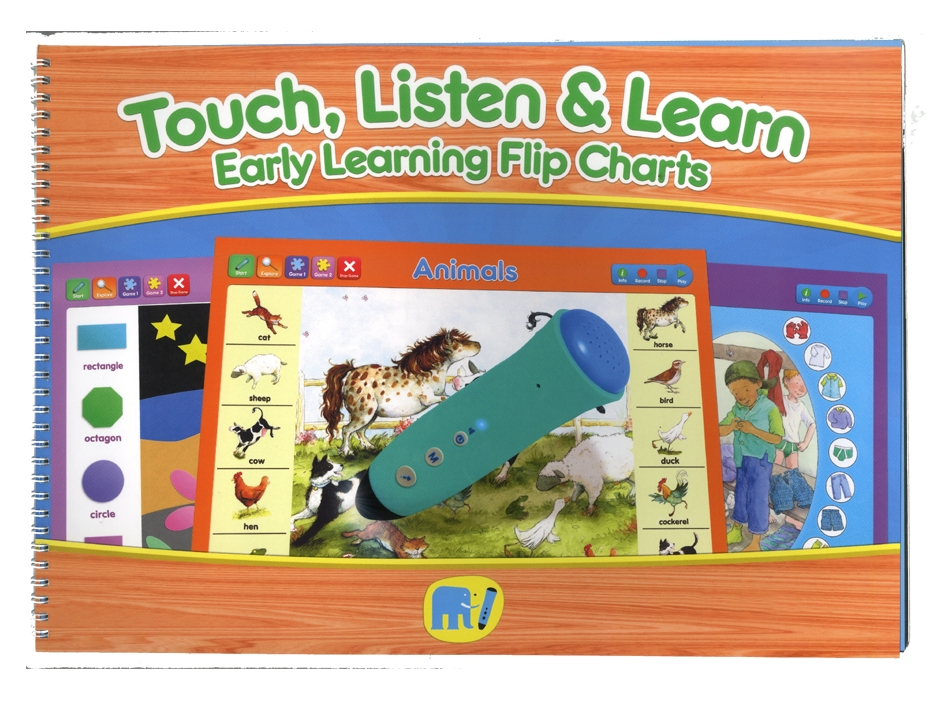 If your classroom or library makes use of learning centers, you may be thinking about setting one up as a listening center. Students of all ages and levels, especially English language learners, benefit from this type of interactive, multi-sensory learning. Below, we offer some tips to help get your listening center up and running.
If your classroom or library makes use of learning centers, you may be thinking about setting one up as a listening center. Students of all ages and levels, especially English language learners, benefit from this type of interactive, multi-sensory learning. Below, we offer some tips to help get your listening center up and running.
Make a Listening Center Plan
What type of Listening Center best suits your classroom? Would you like your students to focus on literacy gains and improve comprehension and vocabulary? Or do you want to focus on increasing their motivation to read, and improving their self-esteem and interpersonal skills? What are their reading levels? Do you want to rotate themes throughout the year to supplement your lesson plans?
What kind of seating will you have? A large rug, bean bags and chairs are good options. How much space do you have available, and how many students will fit? Having a separate set of learning materials for each student is ideal; but if they must share, you generally want to limit groups to no more than 3.
What listening technology will you use? You can opt for books on CD, MP3 players, ipods, or an interactive audio learning set.

How will you keep items organized? It’s best to clearly label books, buttons and learning materials. An interactive learning product like the PENpal Audio Recorder Pen allows teachers and students to record messages onto stickers with recordable labels, so your listening center can be fully customized.
Gather Your Listening Center Supplies
Now that you have a materials list for your center, it’s time to gather the supplies! Let parents know about your plan, and ask them to donate cash or supplies. Families may have unused MP3 players or ipods at home, as well as rugs, bean bag chairs and storage bins. You may want to implement a BYOHP (Bring Your Own Head Phones) policy for your students.
Check if any materials can be borrowed from your school and local libraries, or create a classroom project donation request on donorschoose.org and ask parents to promote it on social media.
It may be a good idea to team up with other teachers of the same grade level, to create a shared listening center. While this cooperative method comes with additional scheduling and maintenance concerns, it eases the initial burden of fundraising for any one classroom. And remember, it’s ok to start your Listening Center small, and build over time!
Do you have an outstanding Listening Center at your school? Comment below and share what makes it so great!
“Audio Book” by Jeff Golden via Flickr is licensed under CC BY-SA 2.0 https://flic.kr/p/88og6h
Language Lizard is co-sponsoring a Listening Center giveaway… Enter below by January 14, 2017 for a chance to win!
